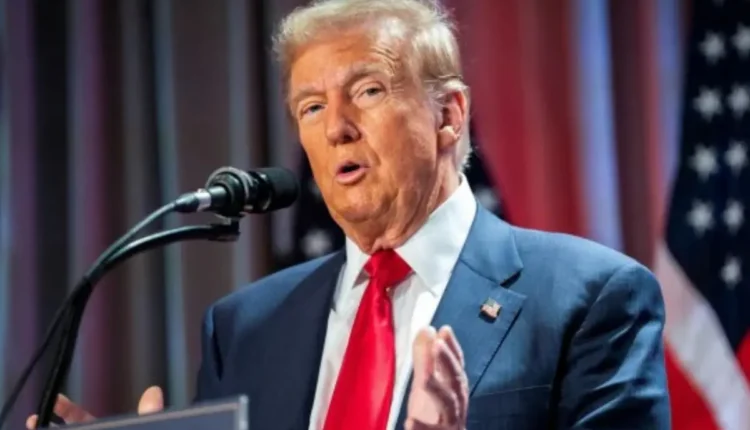Trump’s U.S. Steel Tariffs Add Pressure to Indian Steel Sector
Trump’s Tariff Plans and Indian Steel Industry’s Export Woes
The global steel industry is undergoing a tumultuous phase, with Indian steel manufacturers facing steep challenges while the United States signals protective measures under President-elect Donald Trump. Trump’s recent remarks on blocking Nippon Steel’s acquisition of U.S. Steel and imposing fresh tariffs on imported steel underscore his vision for prioritizing domestic manufacturing.
“I am totally against the once great and powerful U.S. Steel being bought by a foreign company, in this case Nippon Steel of Japan. Through a series of tax incentives and tariffs, we will make the U.S. Steel strong and great again, and it will happen FAST! As President, I will block this deal from happening. Buyer beware!!!” Trump declared on Tuesday.
This strong stance of Trump has sent ripples across international markets, particularly impacting exporting nations like India. According to official data, steel imports into India surged by an alarming 41% in the first half of the ongoing financial year, while exports fell by 36%. The dual impact of reduced outbound shipments and increased inbound steel is squeezing profitability in India’s domestic steel sector.
Domestic Steel Industry Grapples With Mounting Pressure of Trump
On Monday, the Commerce and Industry Ministry and the Steel Ministry convened a crucial meeting with industry stakeholders to address the crisis. The Steel Ministry proposed a 25% safeguard duty on specific steel imports to protect the domestic market from the adverse effects of international dumping.
Steel Secretary Sandeep Poundrik highlighted a dichotomy in the Indian steel industry. Despite a 13% growth in steel consumption during the first half of 2024-25, profitability has significantly declined. “If this growth continues, alongside the government’s push for infrastructure and public spending, we will require around 300 million tonnes of capacity by 2030,” Poundrik noted.
However, challenges like depressed global steel prices and rising inventory levels are overshadowing this optimistic outlook. “Inventory levels in steel companies have doubled from the typical 15-16 days to 30 days,” he said, adding that safeguarding the industry requires a strategic blend of policy measures.
Solutions on the Table: Safeguard Duty and Customs Adjustments
The Steel Ministry is considering multiple options to counteract the influx of cheaper imports, particularly from free trade agreement (FTA) countries such as China, Japan, Korea, and Vietnam. These FTAs render basic customs duties ineffective for a significant share of imports. “Imposing a safeguard duty is a viable route, but the industry must formally propose this to the Directorate General of Trade Remedies (DGTR),” Poundrik explained.
The rating agency India Ratings also flagged that profit margins for domestic steel players are under significant strain due to the surge in lower-priced imports. “These pressures are likely to intensify during the second half of FY25,” the agency warned in its October report.
Also Read:SDS visa: Regular permits more affordable for students, says India

